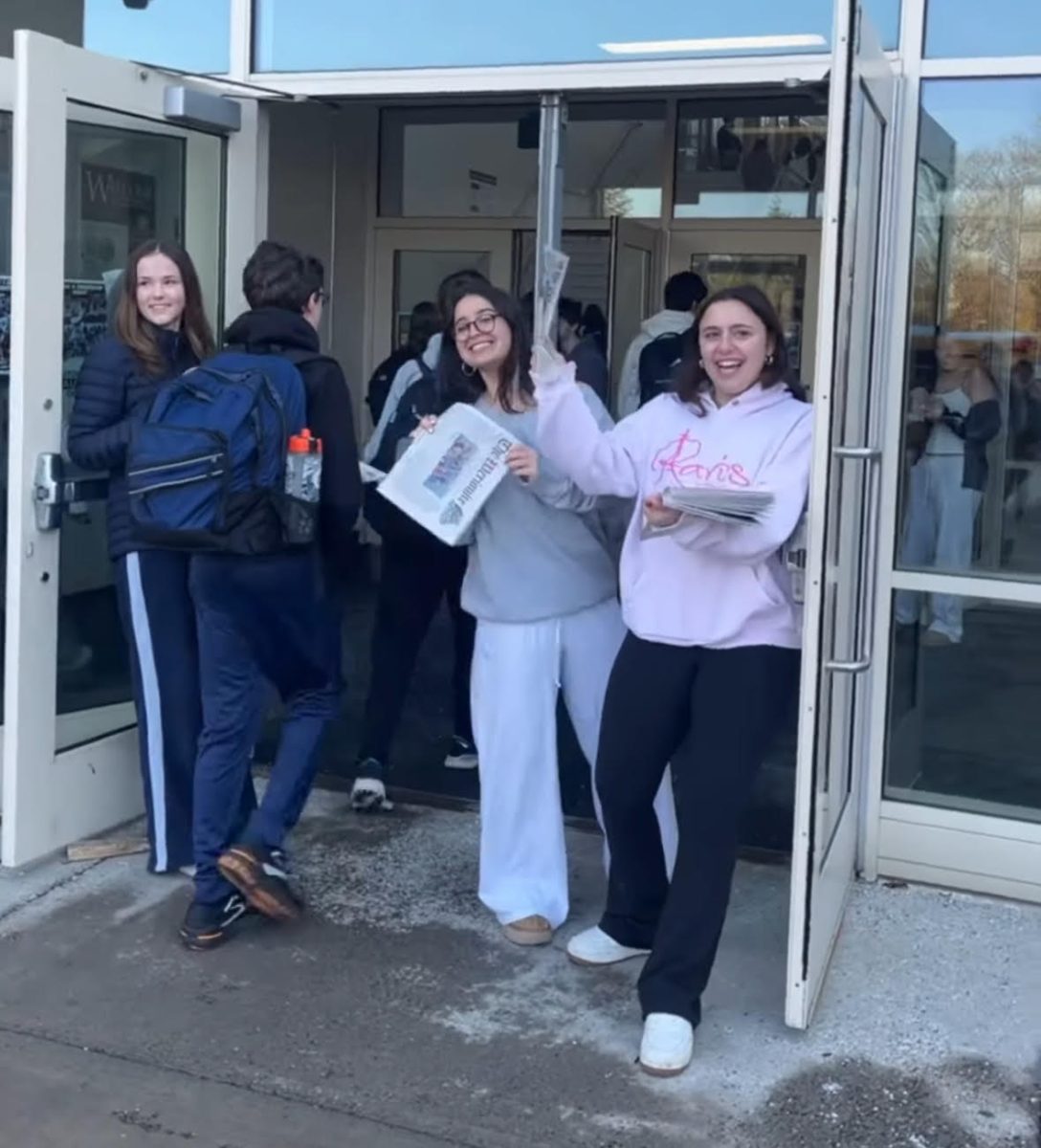Have you noticed less snow in our past couple of winters and an abundance of rain? If so, you may just be noticing our recent tri-year “La Niña” winter weather pattern. This year, we are seeing an El Niño winter weather pattern for the first time since 2019. Many know of these terms, but few know what they really mean and how they impact our snow totals.
El Niño, Spanish for “little boy,” originates from fishermen off the coast of South America who first noticed unusually warm temperatures in the Pacific Ocean. El Niño often results in wetter conditions in the southern half of the US, bringing more snowfall to resorts such as Taos (New Mexico), Snowbowl (Arizona), and Mammoth Mountain (California). The Pacific Northwest is left a bit drier and warmer. However this does not mean that North-Western ski resorts fail to get snow, as they still receive many plenty of inches for a winter full of powder. The east, as far north as PA, receives drier weather than on average, but states such as Vermont, New Hampshire, and Maine are left rather unaffected by this weather pattern. Blue Mountain Resort, where LM Ski Club takes its trips to, has seen extremely sub-par snow totals in our two most recent El Niño seasons. This year’s El Niño marks the first since the “triple-dip” (three year repeat) of La Niña during 2020-2023, bringing two decent storms to our area and granting us two snow days, which have been uncommon recently. In some seasons there is neither El Niño nor La Niña, and the ocean temperatures stay at average levels.

As you might have guessed, La Niña is Spanish for “little girl”. This brings colder temperatures in our oceans. This type of weather typically translates to warmer weather in the mid-atlantic region, (where LM is located), with an increase in precipitation. This results in more rain as of late, with increasing temperatures due to global warming. Last year you may have noticed that we were getting more rain than usual, and you would not be mistaken. According to the NOAA (National Oceanic and Atmospheric Administration), Montgomery County received a 10 percent precipitation increase from the annual average in the winter of 2022-23. Although this would be a 10 percent increase for snowfall during a colder winter, La Niña’s warmer temperatures caused this to be an increase in rainfall instead. But La Niña doesn’t mean rain everywhere, it actually has the potential to result in wild snow totals for the west. For example, Alta Ski Resort measured a total of 903” (75.25’) of snow in the winter of 2022-23, almost ⅓ more snowfall than the 2018-19 season (the past decade’s record). We can see that as winter storms move east, they evolve into warmer, rainier storms rather than blizzards. So, if you are a skier living in Eastern PA, you should hope for some cold temperatures in years of La Niña.
These winter weather patterns occur every two to seven years, with El Niño transpiring slightly more frequently. This means that we are often seeing an absence of El Niño and La Niña, granting us average temperatures in our ocean during the winter months, resulting in the stereotypical abundance of snow in the west and several big winter storms in the northeast. But what does climate change mean in terms of these weather conditions?

Scientists at the NOAA state that if “atmospheric greenhouse gas concentrations continue to rise … the coupling of the ocean and atmosphere becomes stronger, making the swings between El Niño and La Niña more extreme.” This will likely result in extremely snowy seasons, extremely rainy seasons, big droughts, and unfavorable, unpredictable storms. We are already seeing the effects of climate change in the winter. CNN cites, “Snowfall has declined 2.7 percent globally since 1973.” So if you think our winters are getting warmer and we are receiving less snow, you are not mistaken.
In the end, if you enjoy snow days and colder weather, you should hope for a wet El Niño winter. As we know, weather forecasting is hit or miss, but there is no doubt that our winters are in trouble in terms of snowfall and cold weather. “Winters are becoming more and more unpredictable. As the climate warms, precipitation is more commonly falling as rain, but snowstorms are packing a bigger punch,” said National Geographic. In the future, staying in Pennsylvania might not be the optimal move for us skiers.







